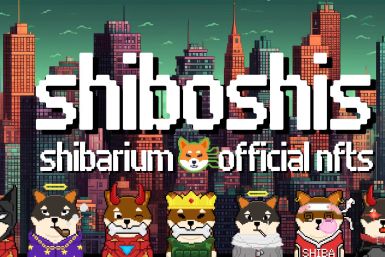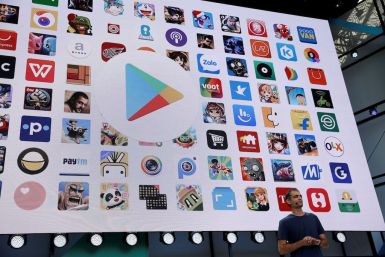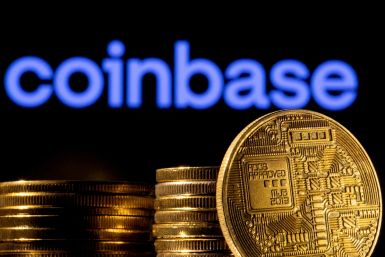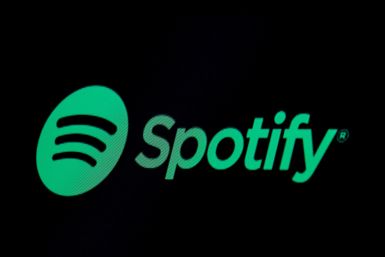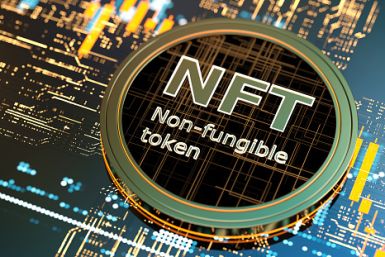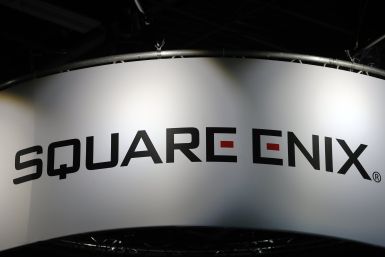Helio and Magic Eden have just launched a ground-breaking feature that promises a more inclusive approach for participant access to coveted NFTs.
The fraudulent post responsible for the scam has been removed, and Buterin's X account has been restored.
Trump reportedly earned over $4.9 million from a licensing deal with NFT INT LLC, the team behind two NFT collections featuring his face, both of which have garnered millions of dollars in royalties and sales.
This latest collection is the fourth installment of Reddit's popular Collectible Avatar series and is considered the biggest addition to its limited-edition NFT collection to date.
Shiboshis, the 10,000 NFTs generated on the Shiba Inu ecosystem and recorded permanently on the Ethereum blockchain, were rolled out in October 2021.
A former SEC official called Dorsey's first-tweet NFT "worthless" and said the industry is not just "the Wild West" but a "global financial post-apocalyptic Walking Dead-like anarchy."
The photographer described Buterin as garbed with "distressed casual clothing and no instinct for any formal photos" at the time the photo shoot happened, so he "took off his own striped dress shirt for Vitalik to wear."
As part of the new policy, Google requires "apps [to] be transparent with users about tokenized digital assets," especially if a game or an app allows users to earn.
Bieber spent a lot more than the real worth of the BAYC NFT since he purchased it at 500 ETH despite that its estimated value at the time was just $208,237.
"Creating this collection and reflecting back on my career highlights has been very rewarding, and I can't wait to see the response to the collection and have the chance to train with a lucky few," said the superstar soccer player.
The massive surge in demand for the Milady NFT collection following Musk's tweet underlines the significant impact of high-profile individuals on the market, especially that of the Twitter CEO.
A Web3 enthusiast said that "the marketplace was originally scheduled to launch in 2022" and highlighted that the "new launch date after several delays is set to May 15."
Described as "a symbol of unity for the crypto community seeking sensible crypto policy," the "Stand With Crypto" NFT campaign intends to push the U.S. Securities and Exchange Commission to provide the emerging sector with "sensible cryptocurrency policy."
The NFT Marketplace is now set to launch on May 15, according to a report.
Dubbed "GEN 3, the Future Realities Collection," the digital identifier is a limited run of non-fungible tokens (NFTs) on the Polygon blockchain.
The sales increased well over 400% in just about 24 hours following the announcement of the former president's indictment.
Over the past months, reports about Amazon exploring the world of NFT and supposedly launching an NFT marketplace have been making rounds online.
The Treasury Department and the IRS announced that "they are soliciting feedback for upcoming guidance regarding the tax treatment of a nonfungible token (NFT) as a collectible under the tax law," the announcement read.
Sony's latest patent filing underlines its push to revolutionize the gaming experience as the world embraces emerging technology.
Amazon has not yet said anything about the rumored NFT marketplace.
Adidas has been planning its Web3 strategy for several months and as a product of this months-long building, the brand recently launched its NFT collection with future Web3 projects.
Spotify "routinely conducts a number of tests in an effort to improve our user experience," the music streaming giant's spokesperson said.
Paul and the tam behind the game "CryptoZoo" are accused of executing a "rug pull."
"Stop following, cotweeting, or replying to random NFT accounts just bc of their pfp, followers, and engagement," the online sleuth advised his followers.
"Our holders have spoken. We're going to cut our supply and stop the mint to move forward with creating the best experience for an exclusive community," Porsche said in a tweet.
According to the influencer, "every account connected" to them, "both personally and professionally was hacked and used to hurt others"
Coffeezilla had uploaded a three-part series centered on Logan Paul and his controversial venture into the web3.
The official Twitter account of the Shiba Inu token advised the community to "stay tuned for an upcoming event announcement in the next few days!"
YouTuber Steven Findeisen, more popularly known as Coffeezilla, alleged in recently uploaded videos that Logan Paul's Crypto Zoo NFT project was a "scam."
"In terms of new business domains, we named three focus investment fields under our medium-term business plan. Among those, we are most focused on blockchain entertainment," Square Enix President Yosuke Matsuda said.













